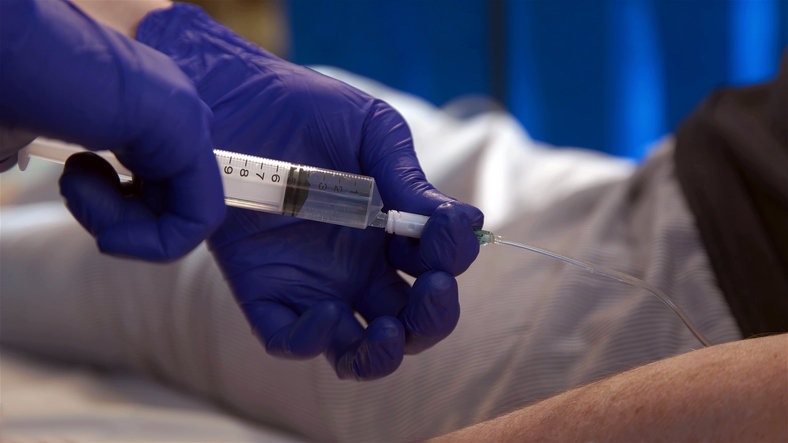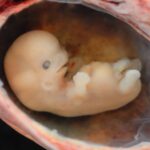MAiD / Euthanasia
13,200 Canadians died by euthanasia last year–over 4% of all deaths
On September 28, journalist Alexander Raikin made a prediction. Raikin has been reporting on Canada’s euthanasia regime for several years, producing some of the best journalism available on the subject and exposing how “MAiD” – the euphemism used by the government and medical professionals to describe death by lethal injection – is administered. “I’m calling it,” he wrote on X. “The reason that the MAiD annual report still isn’t out is because it’ll show that MaiD caused more than 4% of all deaths in Canada, which will mean that MaiD will be around the 4th leading cause of death in Canada. It’s not linear growth: it’s exponential.”
Raikin was right. The “Fourth annual report on Medical Assistance in Dying in Canada 2022” was released this week, and the numbers are staggering. Over 13,200 Canadians died by assisted suicide in 2022. This is a 31.2% increase from 2021 and brings the total number of deaths by lethal injection in Canada since 2016 to 44,958. All of this is unfolding in the midst of a healthcare crisis in which we are incapable of offering comprehensive psychiatric services, suicide prevention, or palliative beds. As we have seen from the conveyer belt of horror stories being reported around the world, many Canadians are opting for state-sanctioned and state-funded suicide simply because they feel they have no other choice.
In many cases, “MAiD” is the only thing they’re eligible for.
The report is packed with dry data that should cause acute alarm. Every province but Manitoba and Yukon “continue to experience a steady year-over-year growth in 2022.” Males accounted for slightly more of the death count – 51.4% against 48.6%. The average age of the person was 77. While cancer remains the most cited medical condition amongst those requesting assisted suicide, “other conditions,” not specified, account for 14.9% and “neurological conditions” account for 12.6%. Of the total, at least 463 of the people who died by assisted suicide “were individuals whose natural deaths were not reasonably foreseeable,” an increase from 223 in 2021. These numbers, it must be pointed out, are only those officially recorded.
Of those who did not have a “reasonably foreseeable death,” most of them had “neurological conditions” (50%) or “other conditions” (37.1%). According to report, “the most commonly cited sources of suffering by individuals requesting MAID were the loss of ability to engage in meaningful activities” at 86.3%. This, says the report, continues “to mirror very similar trends seen in the previous three years (2019-2021), indicating that the nature of suffering that leads a person to request MAID has remained consistent over the past four years.”
READ THE REST OF THIS COLUMN HERE








